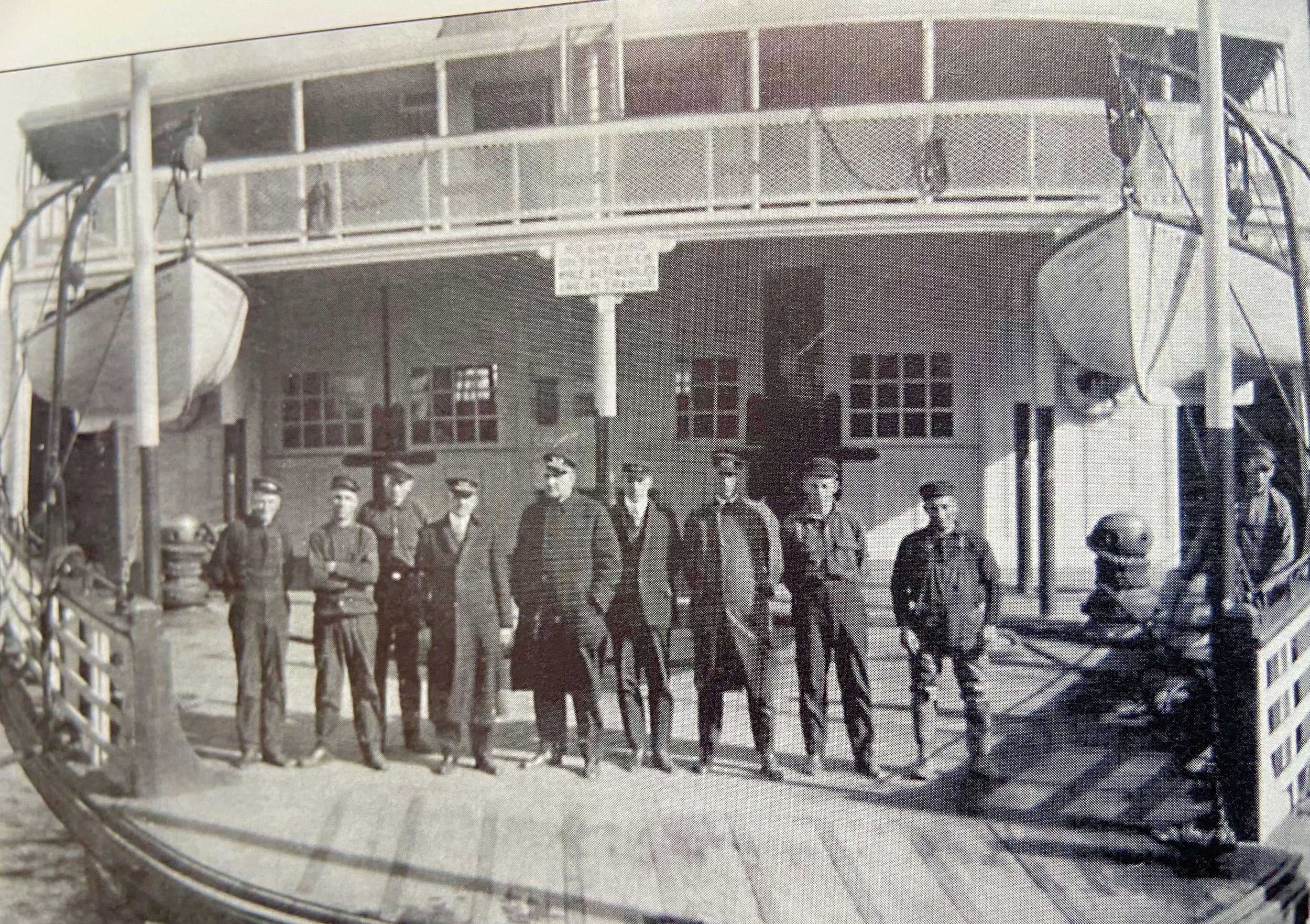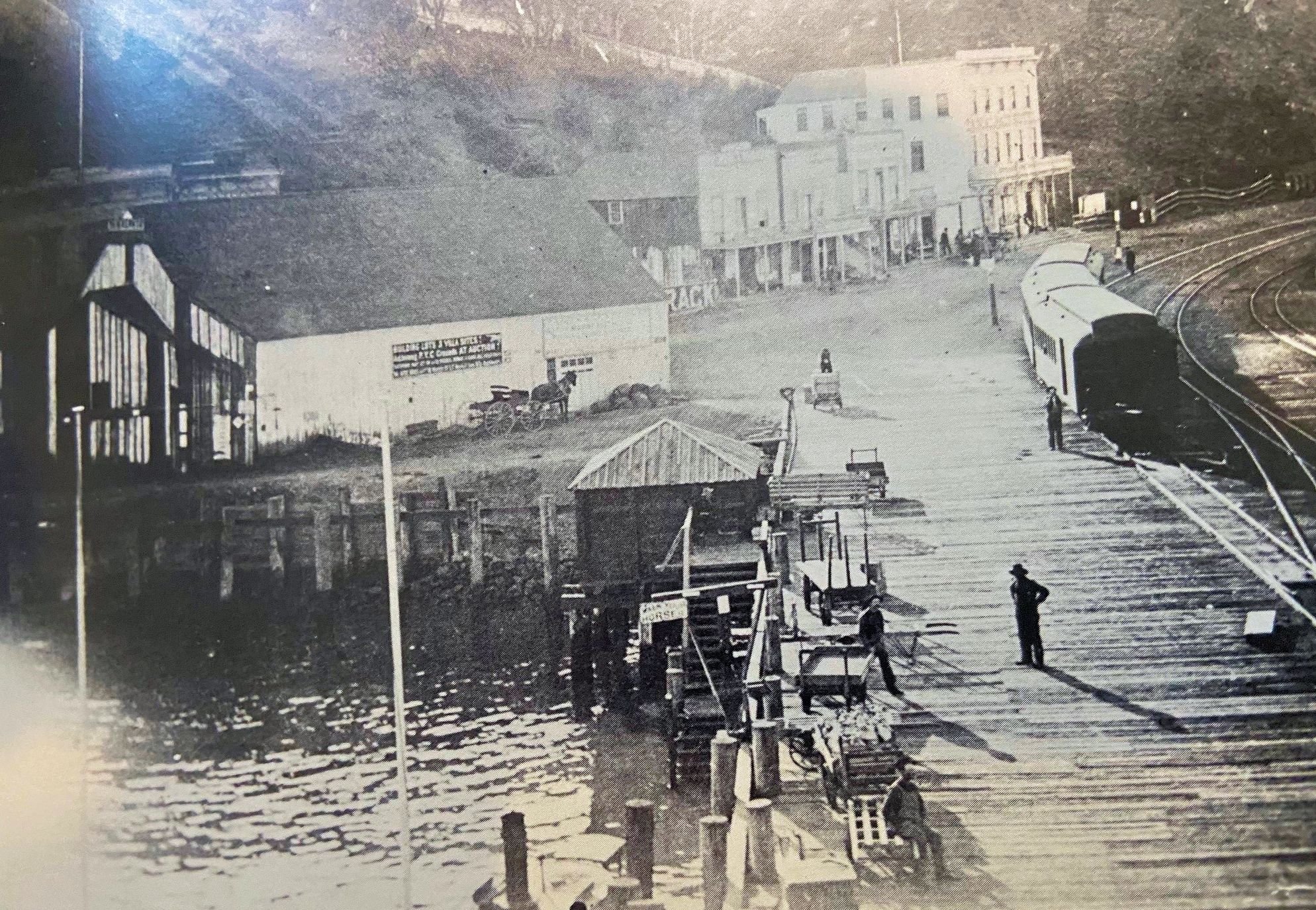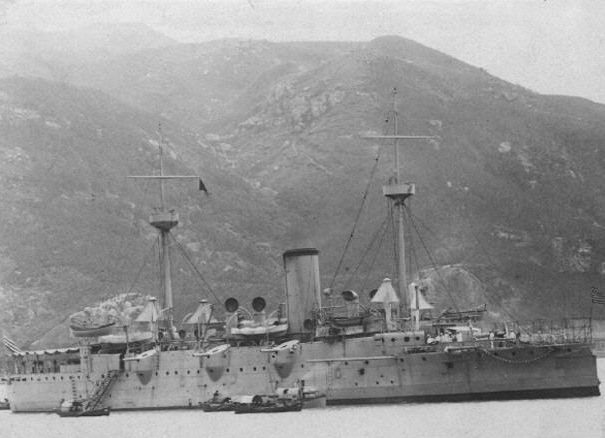By Larry Clinton, Sausalito Historical Society
In his book Moments in Time, Historical Society founder Jack Tracy recounts how Sausalito became a railroad terminus a century and a half ago:
“The North Pacific Coast Railroad, incorporated in 1871 with the aid of a public bond issue in Marin County, had a grand plan to run a line through Marin connecting the emerging towns, and continuing up the coast to the vast redwood stands along the Russian River in Sonoma and the Gualala River in Mendocino County. The Sausalito Land & Ferry Company directors, sensing that this could be the breakthrough for their town, gave the financially feeble railroad company thirty acres along Sausalito's waterfront to make Sausalito the south terminus of the new line.”
However, newspaper editorials of the time reveal an intriguing backstory, much of it concerning a California legislator and Sausalito resident, J.L. Romer.
The Marin Journal, a weekly paper that eventually became the Independent Journal, carried this op ed in December 1869:
“Mr. Romer the representative of the California Steam Navigation Company's interests in the Assembly, has introduced a bill entitled ‘An Act donating to the San Francisco and North Pacific Railroad Company certain salt marsh and tide lands in the counties of Marin and San Francisco… provided they shall within five years expend $50,000 for improvements. Also the following nice little morsel to roll under their tongues under a like $50,000 proviso: ‘For a terminus in the city and county of San Francisco, two hundred acres, exclusive of streets, basins, public squares and docks, out of the salt marsh and tide lands belonging to the State and lying in the city and county of San Francisco, and northwardly from an extended line of Lombard street, and westwardly from Buchanan street, and inside of the line of twenty-four feet of water at low tide, to be located by said company within twelve months from and after the passage of this Act, in a manner and form to be approved by the Board of Tide Land Commissioners, or a majority of them.’ You will agree with me in saying that these San Francisco and marine lands are dirt cheap at $100,000. But … John F. McCauley owns Romer, and McCauley certainly owns the San Francisco and North Pacific Railroad.”
A month later, the Marin Journal elaborated on its opposition to the proposed legislation:
“We understand that one of the provisions of Romer's bill, donating over three thousand acres of tide and marsh lands in this county to the… North Pacific Railroad Company, is that Marin County be authorized to vote a subsidy of $300,000 to aid in the construction of the road to be built by that Company, and that bonds be issued made payable in twenty years, to meet the same. For unmitigated cheek and barefacedness the framers of the bill referred to will certainly take the palm. We venture to assert that not a dozen tax-payers of Marin County — save those interested in the road, and the Saucelito Land and Ferry Company, who, by the way are delinquent on the tax roll —have been consulted in regard to this proposition. We most emphatically protest, in the name of the tax-payers of this county, against such a wholesale plundering scheme as is thus sought to be imposed. It is not enough for this corporation to covet the State lands within the borders of this county, but it must also have a finger in the County Treasury…
“We are not opposed to granting aid to railroads, but are most decidedly averse to acceding to the proposition as presented in Mr. Romer's bill. Let a modest sum be asked for — a sum adequate to the benefits that will accrue to our county by the presence of the road, and our tax-payers will certainly favor it. The citizens of this county have lately constructed over three miles of road for local purposes, at a cost of over $50,000, without asking one cent from the county therefor, and it would seem that this mighty corporation, composed of well-known capitalists might, upon a pinch, construct less than ten times the same distance of road, for less than six times the amount of the cost of the local road without asking Marin County for such an exorbitant sum. They are certainly engaged in this railroad enterprise for benefits that will accrue to them in consequence thereof — the sum thus asked for will, we believe, be sufficient to build the road through our county. Our tax-payers will, no doubt, favor voting a sum not exceeding, say $100,000, to be paid as the road progresses, but this proposition of Mr. Romer's certainly savors of an ancient odor.”
Such editorializing may have reduced the size of the bond issue, but one did pass, and J.L. Romer’s reward was to be elected Trustee of the new railroad at the beginning of 1871. One of his first accomplishments in that capacity was to purchase the ferryboat Princess on behalf of the Sausalito Land & Ferry Company.
Then, as now, what goes around comes around.
PHOTO FROM SAUSALITO HISTORICAL SOCIETY
Sausalito’s rail and ferry wharf was completed in 1875







